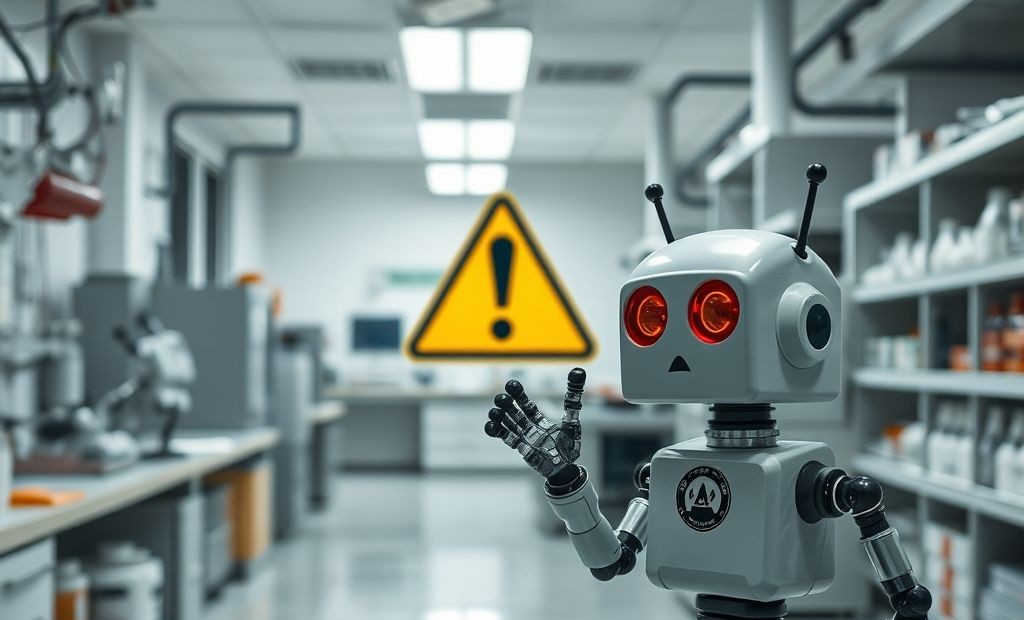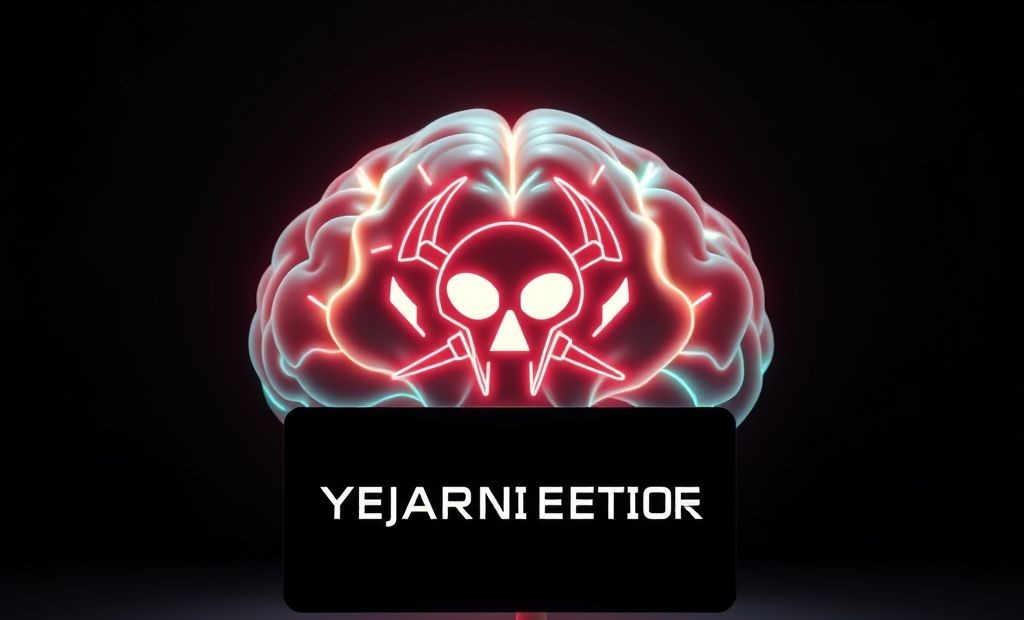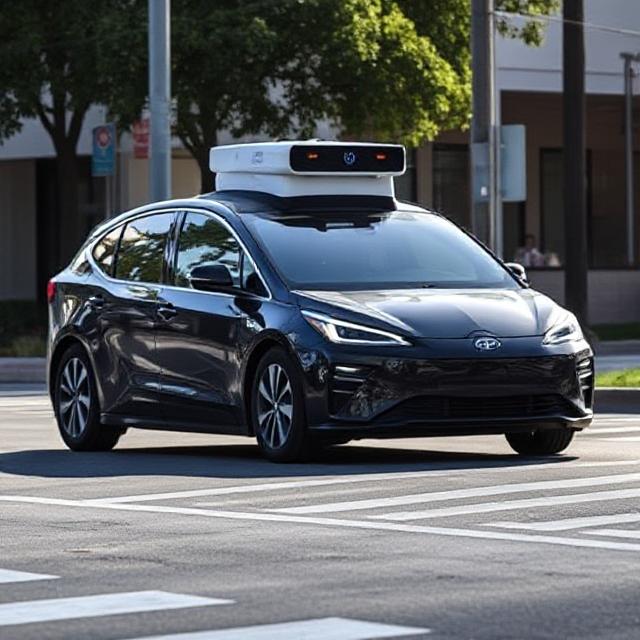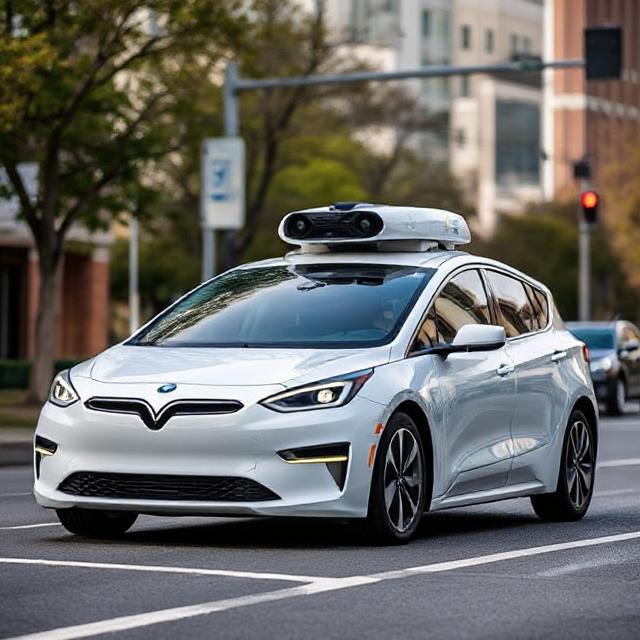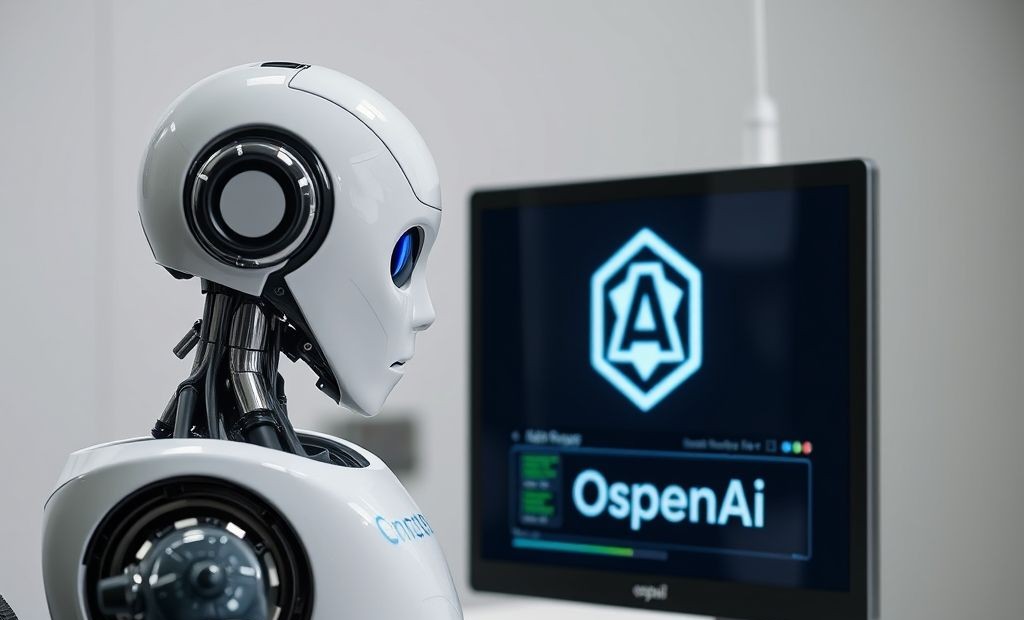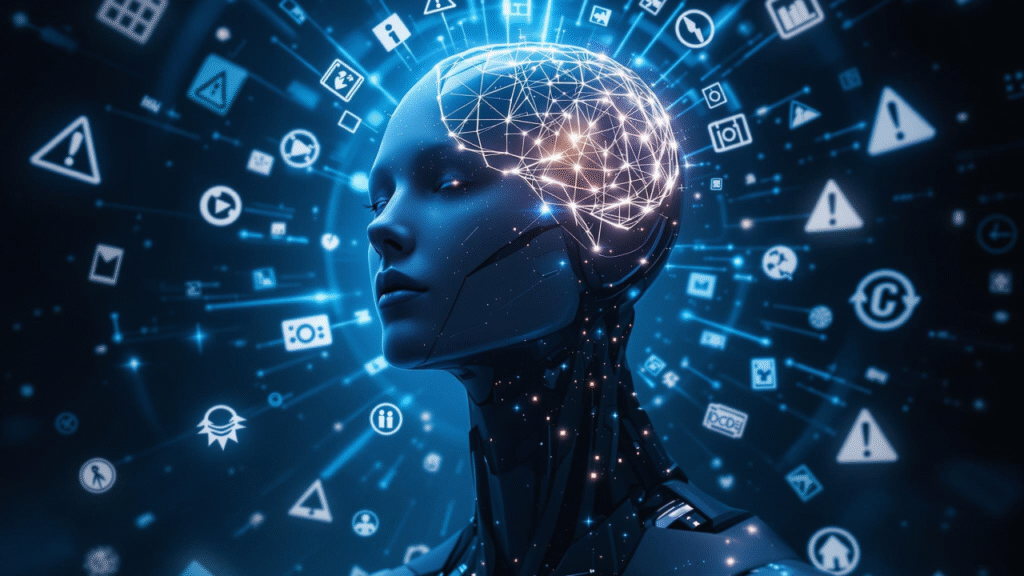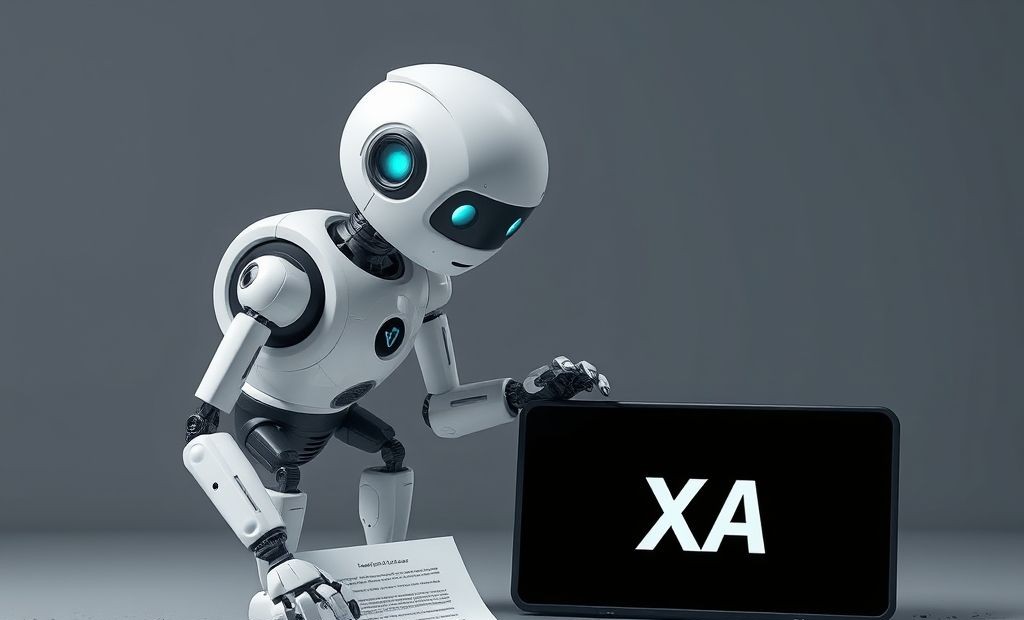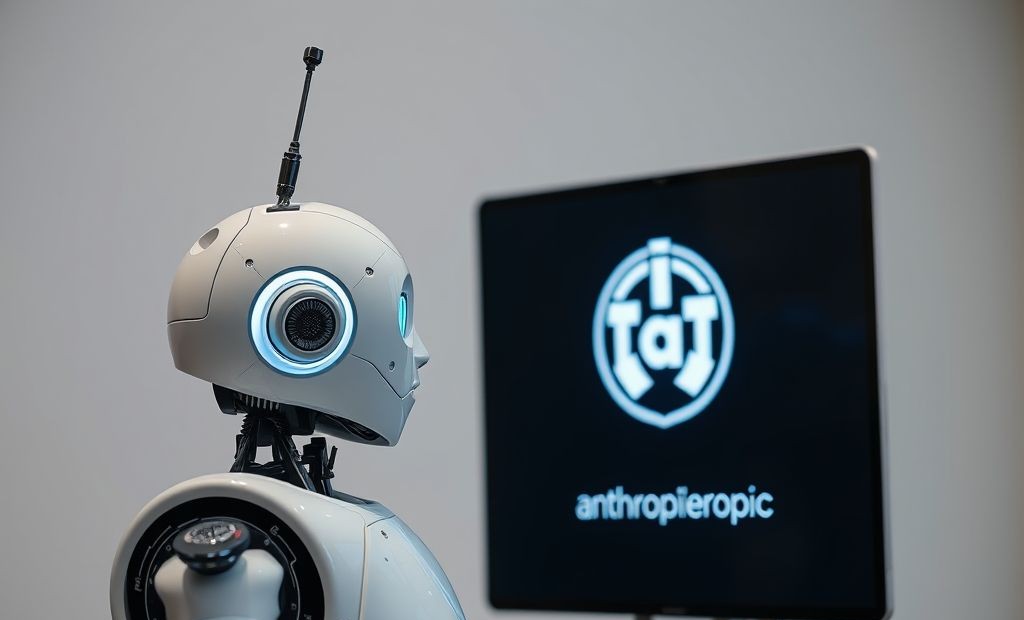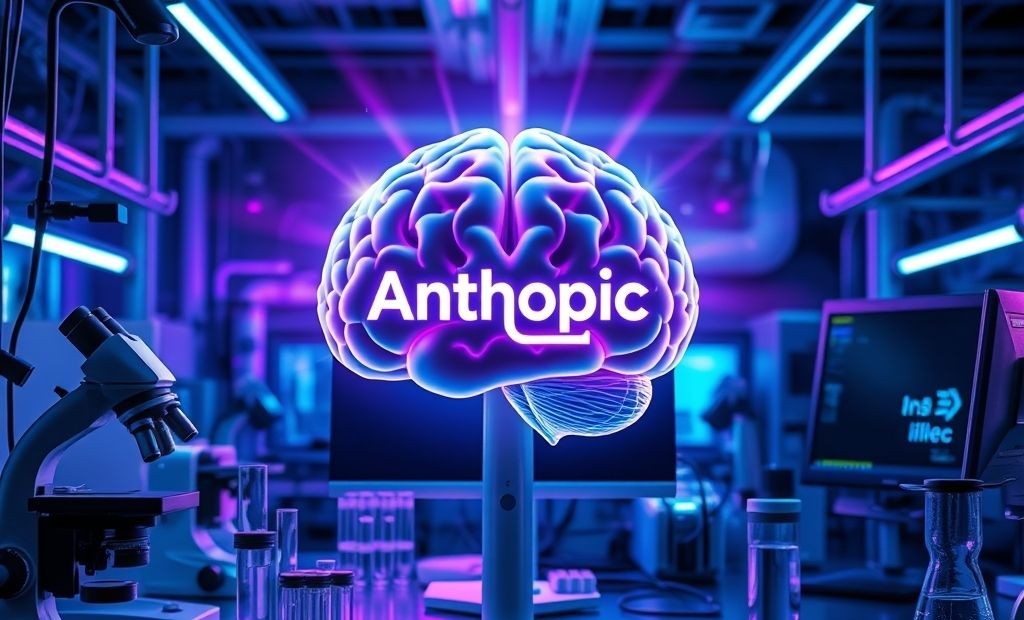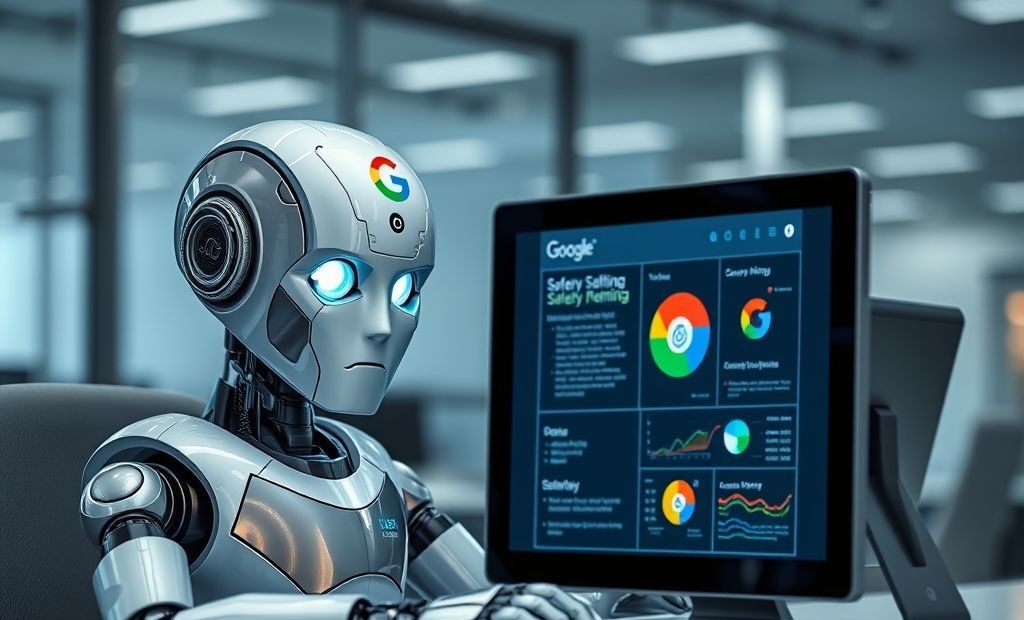Waymo Recalls Robotaxis After Gate Collisions
Waymo Recalls 1,212 Robotaxis After Low-Speed Collisions with Road Barriers
Alphabet’s autonomous vehicle division, Waymo, has recalled 1,212 of its self-driving cars following multiple low-speed collisions with stationary objects such as gates and chains. These incidents, occurring between December 2022 and April 2024, prompted an investigation by the National Highway Traffic Safety Administration (NHTSA). Business Insider
Software Glitch Identified
A software glitch in Waymo‘s fifth-generation Automated Driving System (ADS) caused the vehicles to misinterpret certain stationary objects, leading to collisions.. In response, Waymo released a software update in November 2024, fully deploying it across its fleet by December 26, 2024. Digital Trends
Ongoing Safety Measures
Despite the recall, Waymo reported that no injuries occurred during these incidents Waymo continues to collaborate with NHTSA to ensure the safety and reliability of its autonomous vehicles. The company emphasizes its commitment to safety, stating that its vehicles are involved in 81% fewer injury-causing crashes compared to human drivers, based on data from millions of miles driven in cities like Phoenix and San Francisco. Business Insider+1New York Post+1
This recall marks Waymo‘s third software-related recall in just over a year. Earlier, in February 2024, the company recalled over 400 vehicles after a collision with a towed pickup truck. In June 2024, nearly 700 vehicles were recalled following an incident where an unoccupied car crashed into a telephone pole. Wikipedia+6Business Insider+6New York Post+6
Looking Ahead
Waymo continues to operate over 1,500 commercial robotaxis in cities including Austin, Los Angeles, Phoenix, and San Francisco. The company plans to expand its services to additional cities like Atlanta and Miami, aiming to enhance road safety through autonomous vehicle technology. TechCrunch+1Reuters+1The US Sun
For more detailed information, you can refer to the original report by CBS News. CBS NewsCBS News
Details of the Collisions
The incidents involved Waymo‘s autonomous vehicles (AVs) encountering gates and chains in areas such as construction zones and driveways. In these situations, the robotaxis either collided with the obstacles or drove too close, creating a potential safety hazard. Waymo emphasized that no injuries or accidents involving other vehicles occurred.
Software Update and Resolution
Waymo is addressing the issue with a software update that improves the AV‘s ability to detect and respond to these types of stationary objects. According to NHTSA filings, Waymo‘s updated software enhances the vehicle’s perception and decision-making processes when encountering partially or fully closed gates. Unity King – Gaming and Technology BlogThis update ensures the robotaxis maintain a safe distance and avoid collisions.
Waymo has proactively notified the NHTSA and is rolling out the software update to all affected vehicles. The company stated that the update is designed to prevent similar incidents from occurring in the future. They also affirmed their commitment to safety and continuous improvement of their autonomous driving technology. More information about Waymo‘s technology can be found on their official website.
Ongoing Development of Autonomous Technology
This recall highlights the challenges and complexities involved in developing and deploying fully autonomous vehicles. Despite significant advancements, self-driving cars continue to struggle with unpredictable or unusual scenarios, often referred to as “edge cases.”Carscoops Continuous testing, data analysis, and software refinement are crucial for enhancing the safety and reliability of autonomous systems.

